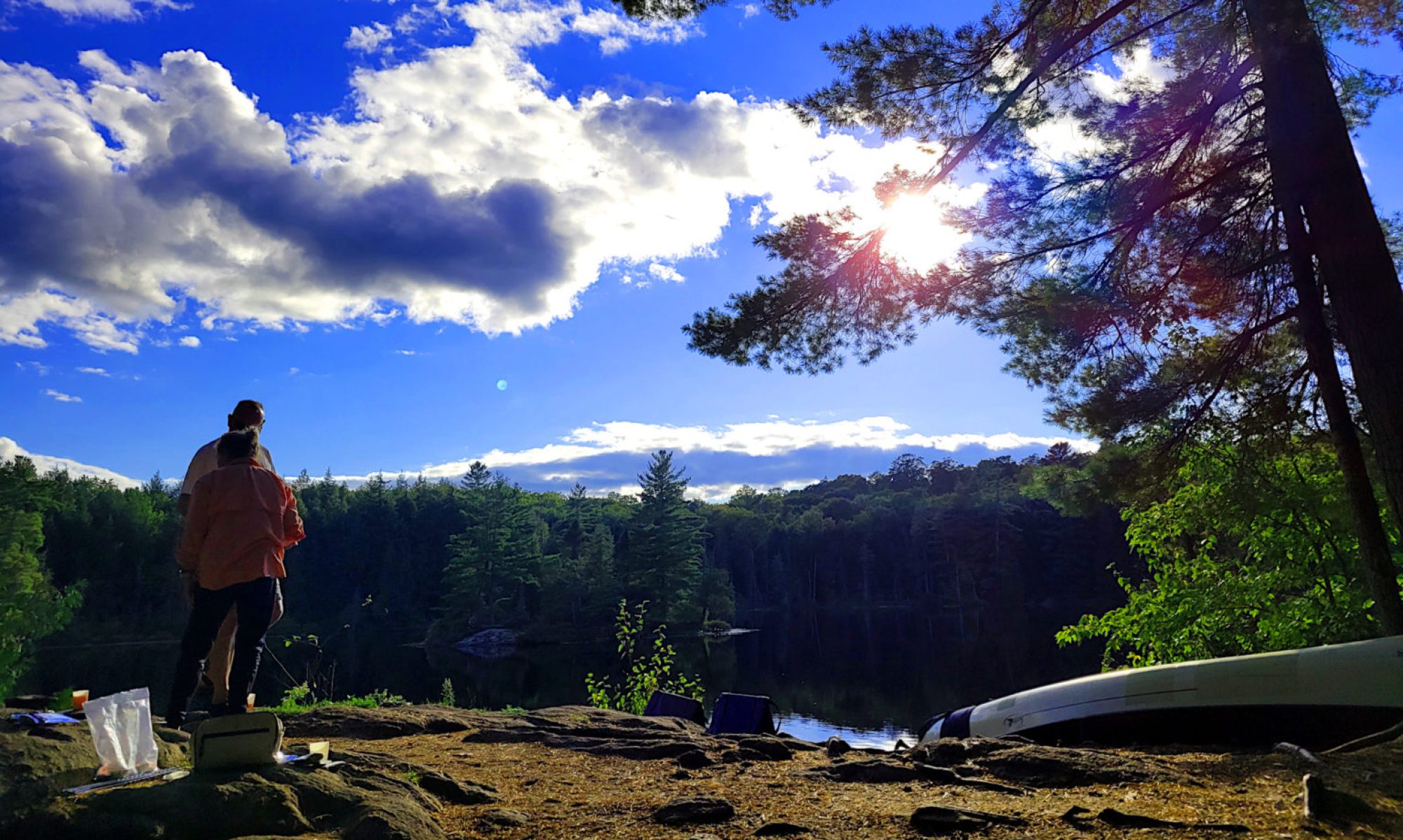
From the MIT Press: “One of the most unusual chapters in psychiatry behind the Iron Curtain concerns the use of LSD psychotherapy in 1960s Czechoslovakia. Until recently, this period was known mainly through the work of Stanislav Grof, who practiced at Prague’s Psychiatric Research Institute, moved to the U.S. in 1967, and is today celebrated as one of the founders of transpersonal psychology. But dozens of other Czech psychiatrists also used LSD in psychotherapy, and the most dedicated and outspoken of them was Hausner, who supervised more than 3,000 LSD sessions, published research in more than 100 articles and books, and yet remains largely unknown, even in his homeland.”
Archeologists have found a vast network of cities hidden under the Amazon jungle

From the BBC: “Using airborne laser-scanning technology, Rostain and his colleagues discovered a long-lost network of cities extending across 300 sq km in the Amazon, complete with plazas, ceremonial sites, drainage canals and roads that were built 2,500 years ago and remained hidden for thousands of years. They also identified more than 6,000 rectangular earthen platforms believed to be homes and communal buildings in 15 urban centres surrounded by agricultural fields. Most of what we think we know about the Amazon is wrong, says Rostain. “This forces us to rethink the entire human past of the Amazon.”
Note: This is a version of my personal newsletter, which I send out via Ghost, the open-source publishing platform. You can see other issues and sign up here.
Continue reading “The history of LSD therapy behind the Iron Curtain”















